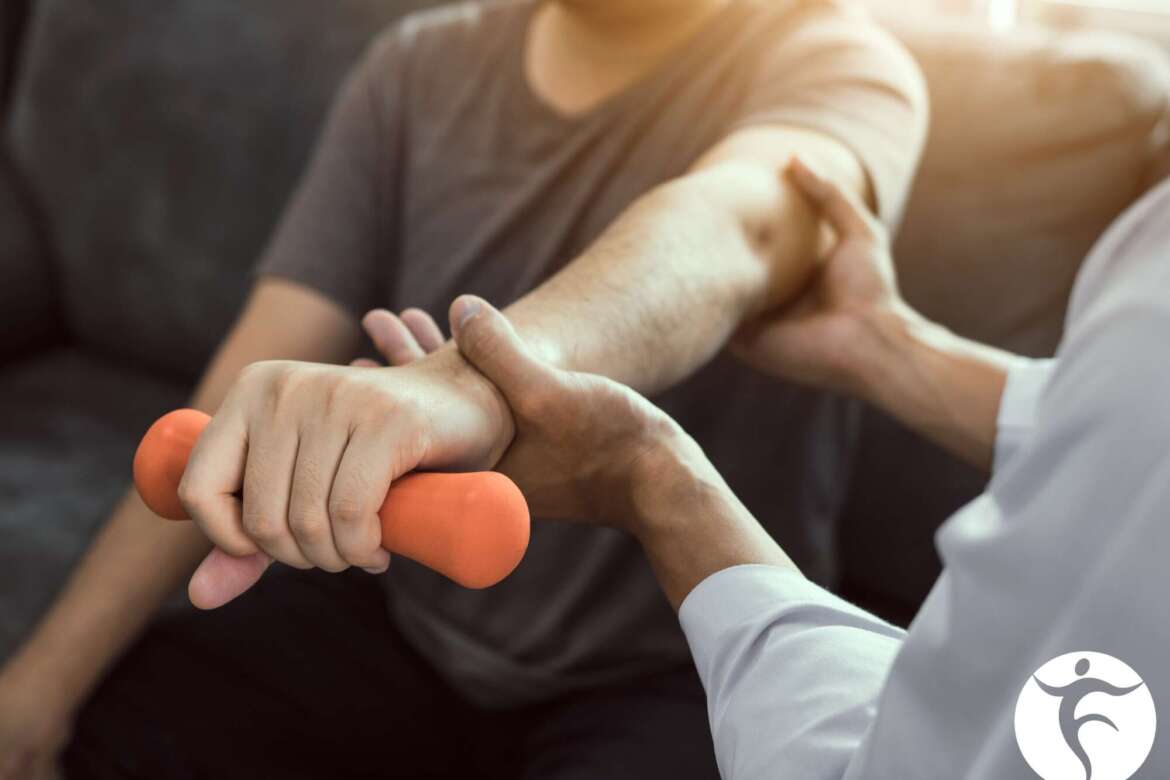What to Expect After Shoulder Replacement
Are you in need of a new shoulder joint? Do you want the surgery, but are concerned about what to expect afterward? Well, let’s clear a few things up for you! Here is what to expect after shoulder replacement.
Types of Shoulder Replacements
Currently, there are two different types of shoulder replacements. The total shoulder replacement and the reverse total shoulder replacement. Total shoulder replacements keep the natural anatomy in the shoulder joint the same. Reverse total shoulder replacements do just the opposite – they reverse the anatomy of the shoulder joint. If you have a partially or completely torn rotator cuff, you will have so much more success with reverse total shoulder surgery as the body adapts to the new anatomy and doesn’t require the rotator cuff to generate force to move your arm.
What is Different in the Shoulder?
Now, because anatomy is changing, the total range of motion expected after reverse total shoulder replacements compared to total shoulder replacements is different. With the standard total shoulder replacement, the available range of motion of the joint is going to be very similar to the “normal” range of motion of that joint. With a good recovery, you can expect to get 160 degrees or more of overhead reaching movement. Something that is important to note, though, is that with the total shoulder replacement, the amount of shoulder range of motion you have going into the surgery is related to the amount of range of motion you have coming out of surgery. The better your range going in, the more range you can expect as you recover.
How Does That Change for a Reverse Total Shoulder?
For a reverse total shoulder replacement, we expect less motion at the shoulder joint. It is reasonable to expect up to 140 degrees of motion overhead. Yes, that is 20 degrees less, but the functional shoulder range of motion for everyday activities is around 100-120 degrees. The good news with the reverse total shoulder is that the range of motion going into surgery is less impactful on the range of motion coming out of surgery. In fact, studies suggest that the surgery can more than double your current range of motion! This is why it is such a great option for those patients with compromised rotator cuffs because the freedom gained after surgery is tremendous!
Recovering Quickly
Both surgeries are widely successful, but there are a few things you can do before surgery to help make you recover faster! First, start working on range of motion exercises. As I just mentioned above, range of motion can improve outcomes with shoulder replacements. Second, initiate or continue pain management strategies. The less irritable your tissues are going into surgery, the less likely it is that your nervous system will become sensitized to the pain, and the less pain you will experience afterwards during rehabilitation. Third, strength train, strength train, strength train!! The stronger you are going into surgery, the faster it will be for your nerve and muscle to work together again after surgery. Strength = function, so the better your strength, the better your function.
Your Rehab Journey Depends on You
Lastly, remember that what you put in is what you will get from your rehabilitation journey. With good compliance, you can get back to doing what you love in as early as 3 months. 89% of patients undergoing shoulder replacements return to playing sports!
Are you ready to take the leap and have your shoulder replaced so you can get back to what you like to do with less pain? Come see one of our therapists today to help set you up on a pre-operative strength training program and promote a better outcome after surgery! We can’t wait to see what you accomplish.
Questions about an upcoming shoulder replacement surgery or uncertain what you need to know? Reach out to schedule a visit with our Specialists today!

